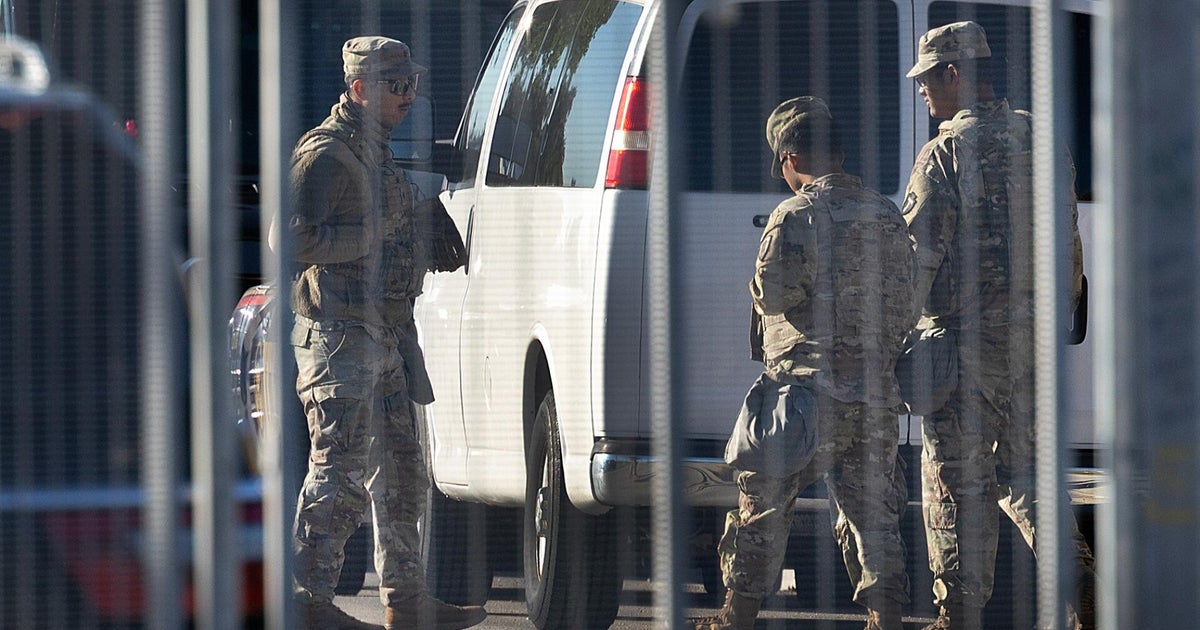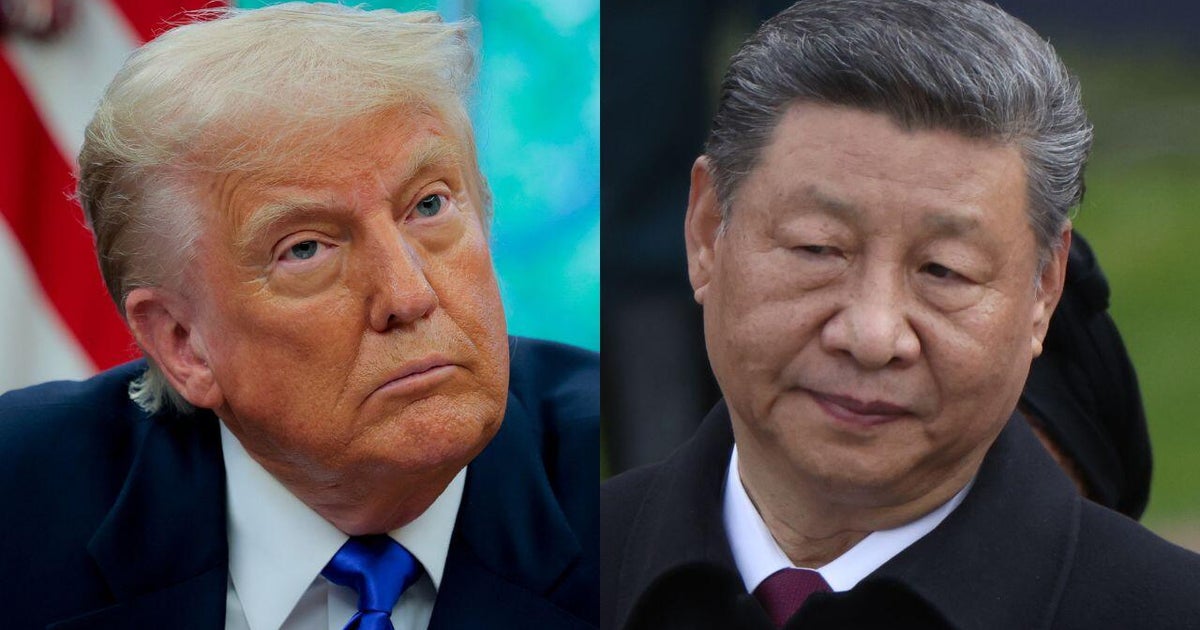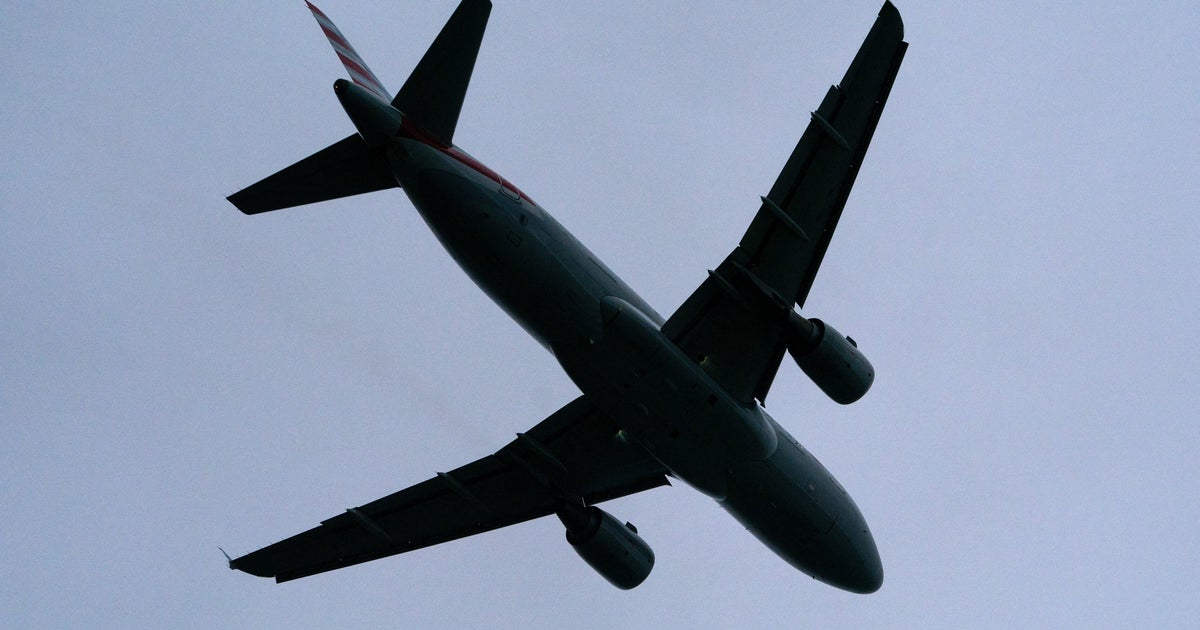Four warning signs Albanese should start worrying about now
We’re sorry, this feature is currently unavailable. We’re working to restore it. Please try again later.
Four months on from May’s federal election, Anthony Albanese and the Labor Party are still riding high. But the latest Resolve Political Monitor also contains a series of warnings for the prime minister and his team.
The first is that cost of living remains voters’ No.1 concern.

Prime Minister Anthony Albanese is riding high, but he cannot forget the risks on the horizon.Credit: Alex Ellinghausen
People are five times more likely to name it their top priority than the second most pressing concern, which is health and aged care. This is after a tax cut and a trio of interest rate reductions reduced the proportion of people most worried about cost from a recent high of 53 per cent in February to 40 per cent in September.
Second, the rise of the minor parties has continued since the election. Support for other parties including the Greens, independents and One Nation reached a combined primary vote of 38 per cent. That is higher than Labor (35 per cent). The Coalition trails on 27 per cent.
This is the third Resolve poll since the May election and the second time that the crossbench has won the popularity contest.
Loading
Which brings us to warning three: immigration and the ongoing rise of Pauline Hanson, who saw her party’s vote surge to 12 per cent, a new high in Resolve’s four and a half years, at a cost to both major parties.
Not even Labor’s supporters believe the Albanese government is managing Australia’s migration program well, and only Greens voters think the intake settings are about right.
Immigration is not Australians’ No.1 issue. It ranked only 14th when voters were asked to nominate issues as fairly or very important.
But the risk is clear if Labor mishandles the immigration portfolio as it did in the first term (less likely now that veteran minister Tony Burke is in charge), it could climb swiftly up the list of priorities.
Which brings us to the fourth point.
Voters really don’t think much of the opposition at all. Combined support for the two Coalition partners has fallen to a new low of just 27 per cent, or 45 per cent in the two-party preferred vote, although this figure is within the margin of error. Yet voters quite like Opposition Leader Sussan Ley: 42 per cent rate her performance as good or very good, 32 per cent say she has been poor or very poor and 26 per cent are undecided.
That undecided figure has fallen in one month from 33 per cent, which suggests the opposition leader is beginning to cut through, even as she finally made the call to demote party room rebel Jacinta Nampijinpa Price.
New opposition leaders typically enjoy a honeymoon period when first elevated. Doubtless, that is partly what is happening for Ley. But the numbers are still dire for the Coalition when we track voting intentions.
Peter Dutton was also popular once, but there is a difference.
Loading
While 40 to 45 per cent of voters said Dutton’s performance was good or very good in the first two months of this year, by October 2024, about 40 per cent of voters were saying Dutton’s performance was either poor or very poor. Those numbers got much worse as the election approached, peaking at 57 per cent of respondents giving the then-opposition leader a poor or very poor rating in late April.
The moment that Ley was installed as leader, those negative ratings just about halved compared to Dutton.
There is plenty of time for voters to change their minds on Ley and at this stage, she should be reasonably pleased with the way she is tracking.
Albanese will not be asleep at the wheel, but Ley could prove a more formidable opponent than Dutton if she can keep her party united and her backbenchers in line long enough to drag up her party’s primary vote.
That will be no small task.
Cut through the noise of federal politics with news, views and expert analysis. Subscribers can sign up to our weekly Inside Politics newsletter.
Most Viewed in Politics
Loading


















































